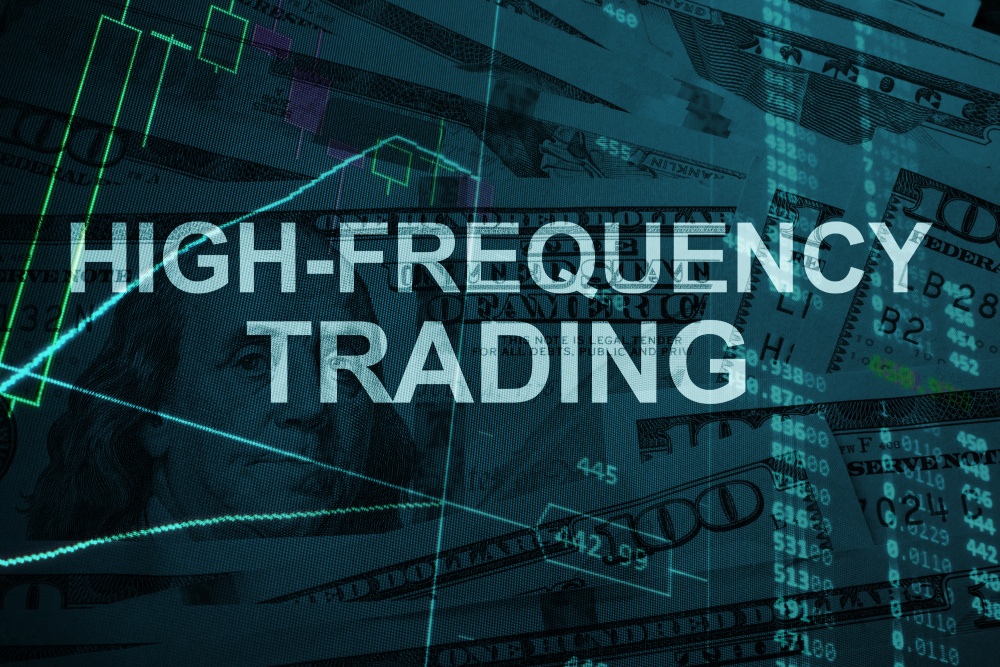Moving Average Trading Strategies For Beginners

It is essential to follow a trading strategy to reach your ultimate goal. There are different tools to utilize along with different trading styles. There are 3 categories that can help choose a suitable trading strategy, like the time frame, the distance to the target, and the frequency of finding opportunity.
Moving Average
The most technical tool used is the moving average, it can identify a trend direction and its support and resistance levels. It’s used to filter out random fluctuations or as many call it “noise”.
The moving average strategy can generate a buy signal when the fast moving average crosses up and over the slow moving average similarly a sell signal is generated when the fast moving average crosses below the slow moving average. A position can then be opened or closed.
The price will not always hit the moving average as it can run through it slightly. It can be taken over a specific time period like 100 days, 200, or 6 weeks. In an uptrend, the moving average will act as support and in a downtrend as resistance.

20 Day Moving Average in Red and 100 Day Moving Average in Blue on the S&P500 weekly
To calculate long and short-term trends, you have to add up the close price of a stock over a certain period and divide it by the sum of the total number of periods. In a simple example to calculate the moving average of 10 years, you will add up the close prices of this period and divide by 10.
There are 2 types of moving averages
- Simple moving average (SMA) that calculates the average closing price of the underlying security by the number of periods.
- Exponential moving average (EMA) which is a more weighted moving average and reacts more quickly to price changes
The most used moving average length is 10, 20, 50, 100, and 200. A shorter time frame will typically react much quicker than a longer period time frame. It depends on what kind of trader you are.
Moving average trading strategies
Crossover Moving Average
This is when the price crosses above or below the moving average signaling a change in trend. Traders typically apply two moving averages that will work together to identify better signals, as a shorter MA crosses above a long term MA will indicate a buy signal (Golden cross) and when a shorter-term MA crosses below the long-term MA it will indicate a sell signal.

The Red arrow above indicates a sell signal at the crossover while the blue arrow signifies a buy signal.
Trend trading moving average
This strategy will indicate the direction or momentum of the underlying asset, so the overall direction of an asset is called a trend. Using the moving average the trend will be highlighted without the noise or price fluctuations, giving out signals, and by using two moving averages one of a short period and long period (20 day and 100 day) when they crossover the trend line you will then identify either a buy or sell signal.
Traders need to keep in mind that false and premature signals can occur.
Swing trading using MA
This strategy is typically for traders who wish to hold positions for several days and perhaps even for a number of weeks, usually used by traders who lack the time to sit and monitor their positions.
In an example of a 4 day, 9 day, and 18 day period. The trend will be identified, shorter SMA’s will bring us closer to the price action as they focus on recent prices, and when the 4 period SMA crosses the 9 period, and together they cross the 18 day SMA, the stronger the buy/sell signal will be. If the 4 day and 9 day SMA’s drift from the 18 day period line, it could mean that the signal is weak, hence a less aggressive signal.
Therefore traders should ensure all moving averages are heading in one direction to follow the momentum and know when to exit when a trend starts to lose momentum.


